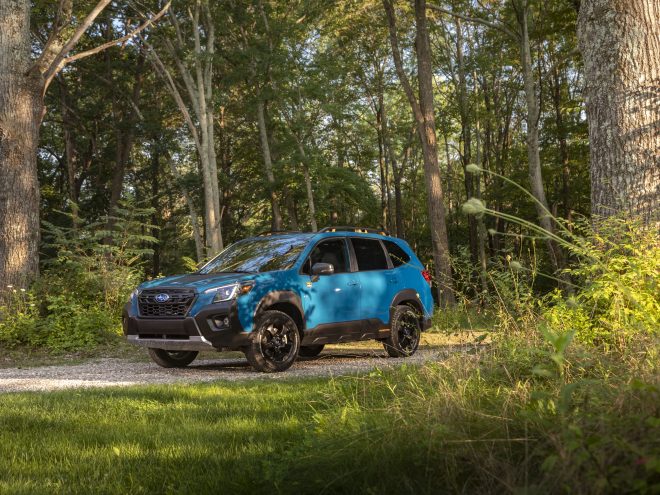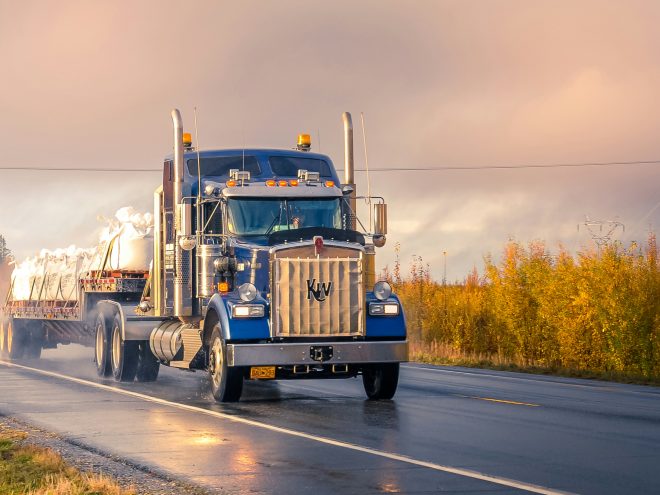
4 Endangered Wildlife Species You Should Photograph Before It’s Too Late
If you’re a wildlife photographer, you know how rewarding it is to capture the beauty and diversity of nature. But you also know how challenging it can be to find and photograph some of the rarest and most threatened animals on the planet. That’s why we’ve compiled this list of six endangered wildlife specials that you should photograph before it’s too late. These are some of the most iconic and charismatic species that are facing extinction due to habitat loss, poaching, climate change, and other human-induced threats. They are also some of the most difficult and expensive to photograph, requiring special permits, guides, equipment, and patience. But if you manage to get a shot of these elusive creatures, you’ll have a priceless memory and a powerful story to tell.
1. Amur leopard
The Amur leopard is the rarest big cat in the world, with only about 60 individuals left in the wild. They live in the temperate forests of the Russian Far East and northeastern China, where they face threats from logging, mining, road construction, and poaching. To photograph an Amur leopard, you’ll need a lot of luck and a lot of money. You’ll have to join a specialized tour that has access to camera traps and hides in the leopard’s habitat. You’ll also have to endure harsh weather conditions and long hours of waiting. But if you do catch a glimpse of this magnificent animal, you’ll be rewarded with a stunning sight of its thick fur, rosette spots, and long tail.
2. Mountain gorilla
The mountain gorilla is one of our closest relatives, sharing 98% of our DNA. They live in the high-altitude forests of Rwanda, Uganda, and the Democratic Republic of Congo, where they form complex social groups and display remarkable intelligence and emotions. They are also critically endangered, with only about 1,000 individuals left in the wild. They face threats from habitat loss, civil unrest, disease, and poaching. To photograph a mountain gorilla, you’ll need to obtain a permit from one of the national parks where they are protected. You’ll also need to hire a guide who will lead you on a trek through the dense forest to find a habituated gorilla family. You’ll then have an hour to observe and photograph them from a safe distance of at least 7 meters.
3. Giant panda
The giant panda is one of the most recognizable and beloved animals in the world, with its black-and-white fur and cute face. They live in the bamboo forests of central China, where they feed almost exclusively on bamboo shoots. They are also endangered, with only about 1,800 individuals left in the wild. They face threats from habitat fragmentation, climate change, and low reproductive rates. To photograph a giant panda, you’ll need to visit one of the nature reserves or research centers where they are protected and bred. You’ll also need to follow strict rules and regulations to avoid disturbing or harming them. You’ll then have a chance to see them in their natural or semi-natural environment, munching on bamboo or playing with each other.
4. Snow leopard
The snow leopard is one of the most elusive and mysterious animals in the world, with its gray-white fur, black spots, and piercing eyes. They live in the high mountains of Central Asia, where they are perfectly adapted to the cold and rugged terrain. They are also endangered, with only about 4,000 individuals left in the wild. They face threats from poaching, livestock conflict, and climate change. To photograph a snow leopard, you’ll need a lot of perseverance and skill. You’ll have to travel to remote areas where they are known to occur, such as Mongolia or India. You’ll also have to set up camera traps or use long lenses and binoculars to spot them from afar. But if you do manage to see one of these ghost cats of the mountains,
you’ll be amazed by their grace and beauty.
Photographing endangered species is a challenging but rewarding hobby that can raise awareness and inspire action to protect these animals. However, it also comes with ethical and practical dilemmas that photographers need to consider before embarking on such a project. In this article, we have discussed some of the tips and best practices for photographing endangered species, such as respecting their habitat and behavior, obtaining the necessary permits and permissions, collaborating with conservation organizations and local communities, and sharing your images responsibly. We hope that this article has given you some useful insights and inspiration for your next adventure in wildlife photography. Remember, every photo you take can make a difference for these amazing creatures that are facing extinction.









